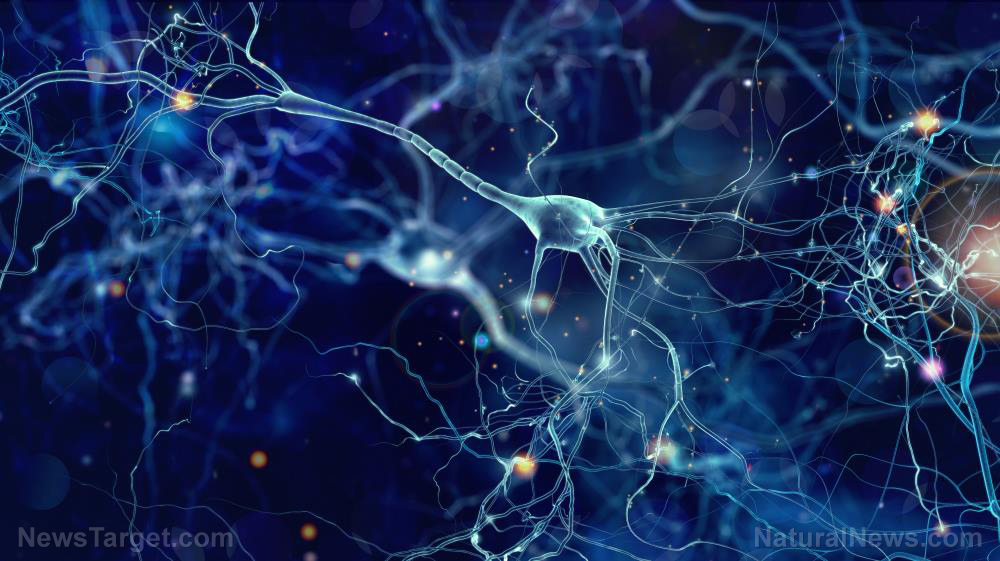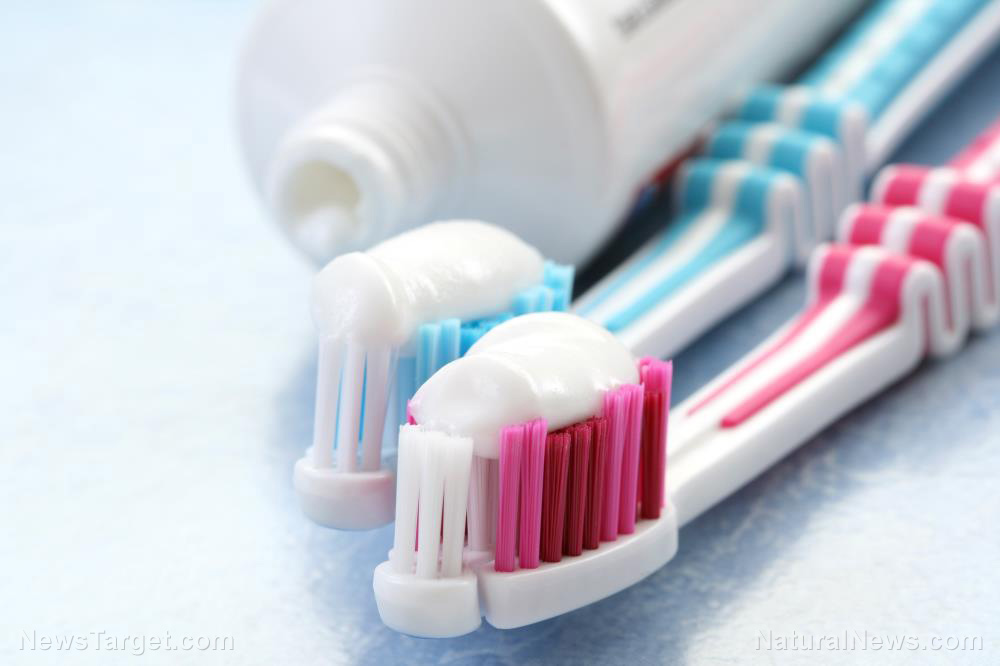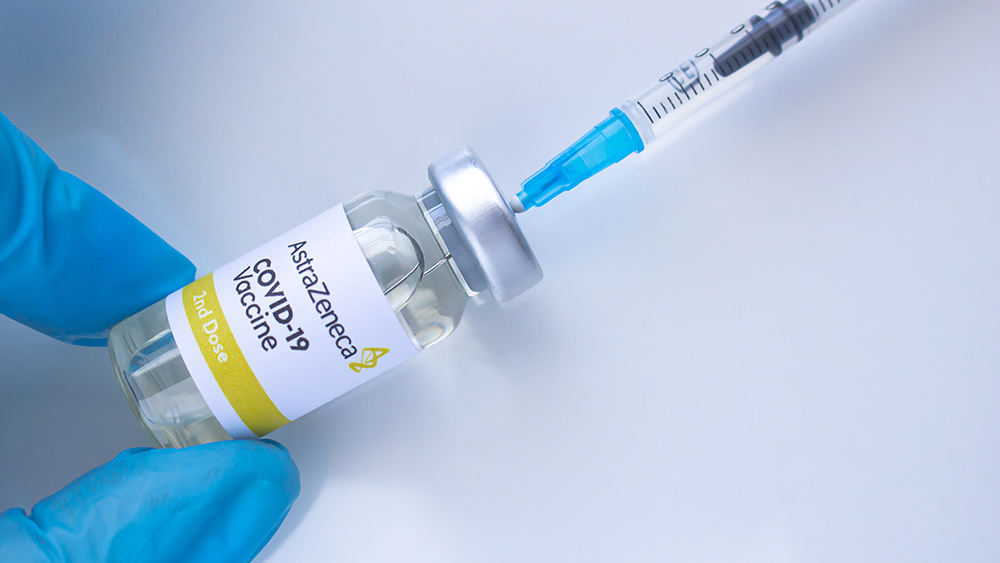How does the glymphatic system get rid of “trash” in your brain?
09/22/2020 / By Divina Ramirez

In a major breakthrough, researchers from the University of Rochester Medical Center (URMC) discovered the primary cleansing system responsible for keeping the brain free from toxins and harmful substances.
Published in Science Translational Medicine, their findings revealed that this clearing system, dubbed the “glymphatic system,” is most active during sleep.
The brain can cleanse itself in a more organized manner and on a much larger scale than earlier studies suggest, explained senior author Maiken Nedergaard.
Nedergaard and her colleagues are also hopeful that this research could have implications for conditions that affect the brain, such as traumatic brain injury, stroke, Parkinson’s disease and Alzheimer’s disease.
Taking out the trash
In their paper, the researchers also delved into the molecular mechanisms behind the “glymphatic system,” in reference to its major components, the glial cells. The name also references the lymphatic system, another primary clearance system comprised of thin tubes and lymph nodes.
One of the main functions of this system is to transport a fluid containing infection-fighting immune cells throughout the body for better protection against infection and disease. Elaborating on the mechanisms behind the glymphatic system, the researchers explained that the brain uses glial cells to protect, nourish and insulate neurons.
The glial cell called astroglia, in particular, is thought to be the most important among these cells, as it sets up a current of cerebrospinal fluid (CSF) around the brain. CSF is an integral part of brain health and brain structure as it confers immunological protection onto the brain. It is also thought to play a key role in cleansing brain tissue, as it helps clear the brain of toxins and other harmful substances. CSF is also instrumental in the transportation of nutrients into the brain.
The glial cells help pump CSF into the brain along channels surrounding the arteries, cleansing brain tissue before collecting in channels, and then draining out of the brain. Overall, this process keeps “trash” in the brain from aggregating into plaque, leading to neurological conditions later on.
Co-author Jeffrey Iliff found that the glymphatic system is responsible for getting rid of more than half of the amyloid-beta proteins in the brain of mice under normal conditions. Amyloid-beta proteins are the proteins that aggregate into plaque in the brain of Alzheimer’s disease patients. (Related: Is brain calcification the cause of Alzheimer’s disease?)
Iliff notes that these findings suggest that if the glymphatic system fails to cleanse the brain as it should, either due to aging or brain injuries, toxins can accumulate in the brain and trigger neurological conditions.
For this reason, it is important to understand the key players and processes that keep the glymphatic system up and running. In doing so, scientists might better understand the pathogenesis of neurological conditions and create better treatments for them.
The glymphatic system might be linked to sleep
The results of Nedergaard’s paper also demonstrated that glial cells are most efficient during sleep. In fact, Nedergaard and her team’s animal experiments revealed that the glymphatic system eliminated 60 percent of the amyloid-beta proteins in the brain of mice during sleep. Based on these findings, the team concluded that the restorative function of sleep might be attributed to the glymphatic system.
In a separate study, a group of scientists used a mouse model of high blood pressure to examine if the condition hampered the cleansing function of the glymphatic system. It appeared that high blood pressure did keep the glial cells from getting rid of amyloid-beta proteins. Recent animal studies also found that diabetic mice had an impaired glymphatic system that, in turn, led to impaired cognitive abilities. Taken together, these studies underscore the important role of the glymphatic system in maintaining optimal brain health and minimizing the risk of neurological conditions.
Read more articles about the glymphatic system and brain health at Brain.news.
Sources include:
Submit a correction >>
Tagged Under:
biomedical research, brain function, brain health, future science, Good science, nervous system, prevention
This article may contain statements that reflect the opinion of the author
RECENT NEWS & ARTICLES
BrainDamaged.News is a fact-based public education website published by Brain Damaged News Features, LLC.
All content copyright © 2018 by Brain Damaged News Features, LLC.
Contact Us with Tips or Corrections
All trademarks, registered trademarks and servicemarks mentioned on this site are the property of their respective owners.





















